Julien Bondia, instructor of padel in Tenerife in the Canary Islands, returns to a point that was sometimes overlooked or even forgotten when learning the padel. Work with the elbow and the free hand. In this article, the players will be able to adapt their game according to the course of the point, and the teachers will be able to find solutions to their sessions.
What is the role and work of the elbow? Why focus on this part and the work of the free hand? Players, clubs and teachers, technically explain their importance in the game.
The elbow
The arm is formed by several joints that will be put to the test during a match, but especially that will allow us to print several effects to the ball. The shoulder, elbow and wrist are fragile parts that will make the difference. Power, control and vibrations, this part of the body will draw your game.
Let's focus on the elbow of the arm where we hold the pala. Although it may seem benign, it acts directly on the hit you hit. An elbow passing close to your body when striking will promote more control over the ball. Your body remains compact, centered, well supported. On the contrary if the elbow passes away from the body at the time of the strike, you will lose control but will gain in power because you increase the leverage effect.
For work on the baseline, when shots played directly in forehand or backhand, the work of the elbow is "a little less" important than during the exits of the glass pane (under the belt). For these window exits, if you lose control, you allow your opponents to attack.
At the net the thing is different. To "work" the point we need to move our opponents and send the bullets in or to complicated areas. The elbow close to the body both forehand and backhand will help you find these areas.
The work of the elbow only applies to forehand and backhand.
The free hand
The free hand game is also very important. First of all during the preparation of the gesture, the free hand will come to balance the body. If you do a great preparation, the free hand will be stretched far forward, and for a short preparation, the free hand will stay close to the body.
When a forehand, little to say because the free hand is naturally placed during and after the shot. By cons, side reverse, his work is important for the balance of the body, but also for the control on the ball.
During the preparation of the backhand, it is advisable to use the free hand by placing it on the "deck" of the racket, this area between the sieve and the handle, to act as a rubber band pulling towards the rear. As you go down the bridge, the reverse side will have more speed. People with a two-handed backhand will use this technique on the fly.
We said that a grouped, compact body favored more control over the ball. After the stroke of a backhand, if the free hand stays close to the body, you will increase the accuracy. On the contrary, if you move the arm away from the body, it is because you are looking for more power.
In a few words:
- Remember to bring your elbow closer to the body when you're looking for specific shots: exit from the window, slow ball behind the net, volleyed placed
- On the forehand side, think about separating from the ball and playing outstretched arms for powerful strikes. In general these strikes are realized above the belt
- The backhands are played with the elbow and wrist locked. Closer to the body for more precision, further away for more power
- Free hand balances body for forehand preparation
- The free hand serves as a tensioner when preparing the reverse
- The free hand will stay close to the body after the backhand hits for more control
Do not hesitate, if necessary, to ask your questions.
Julien Bondia is a teacher of padel in Tenerife (Spain). Columnist and advisor, he helps you play better through his tutorials and tactical/technical articles padel.


















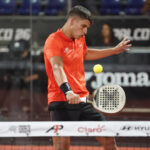

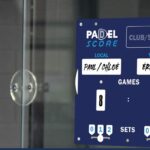















































































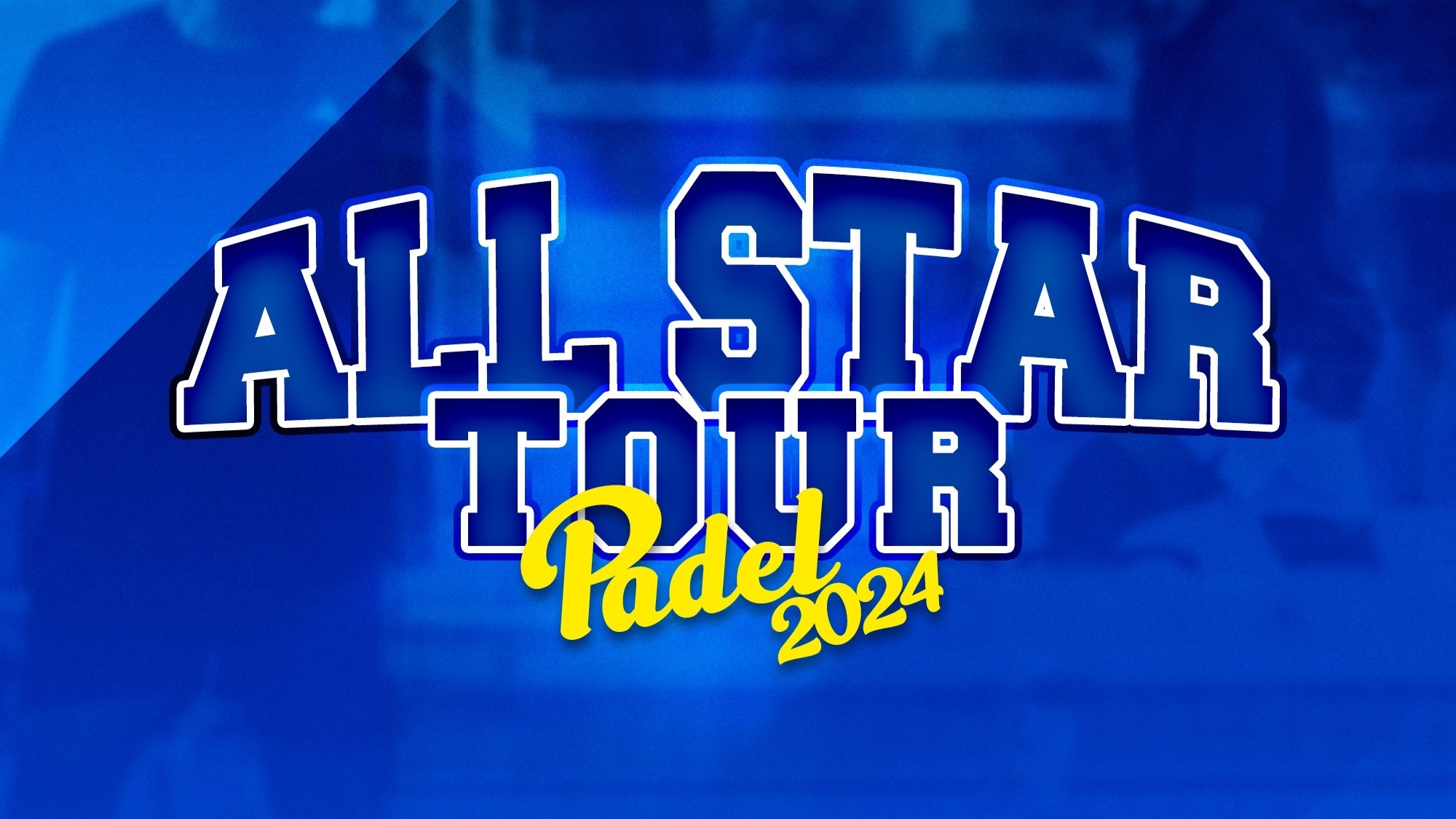 The All Star Tour returns on May 16 at the All In in Lyon
The All Star Tour returns on May 16 at the All In in Lyon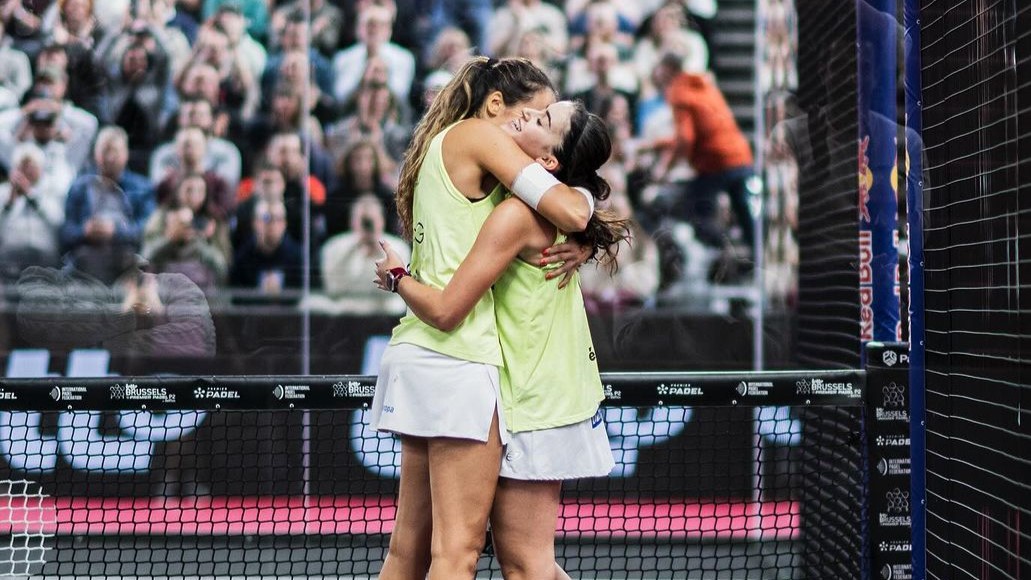 Premier Padel Brussels P2 – Gemma Triay and Claudia Fernandez return to the final
Premier Padel Brussels P2 – Gemma Triay and Claudia Fernandez return to the final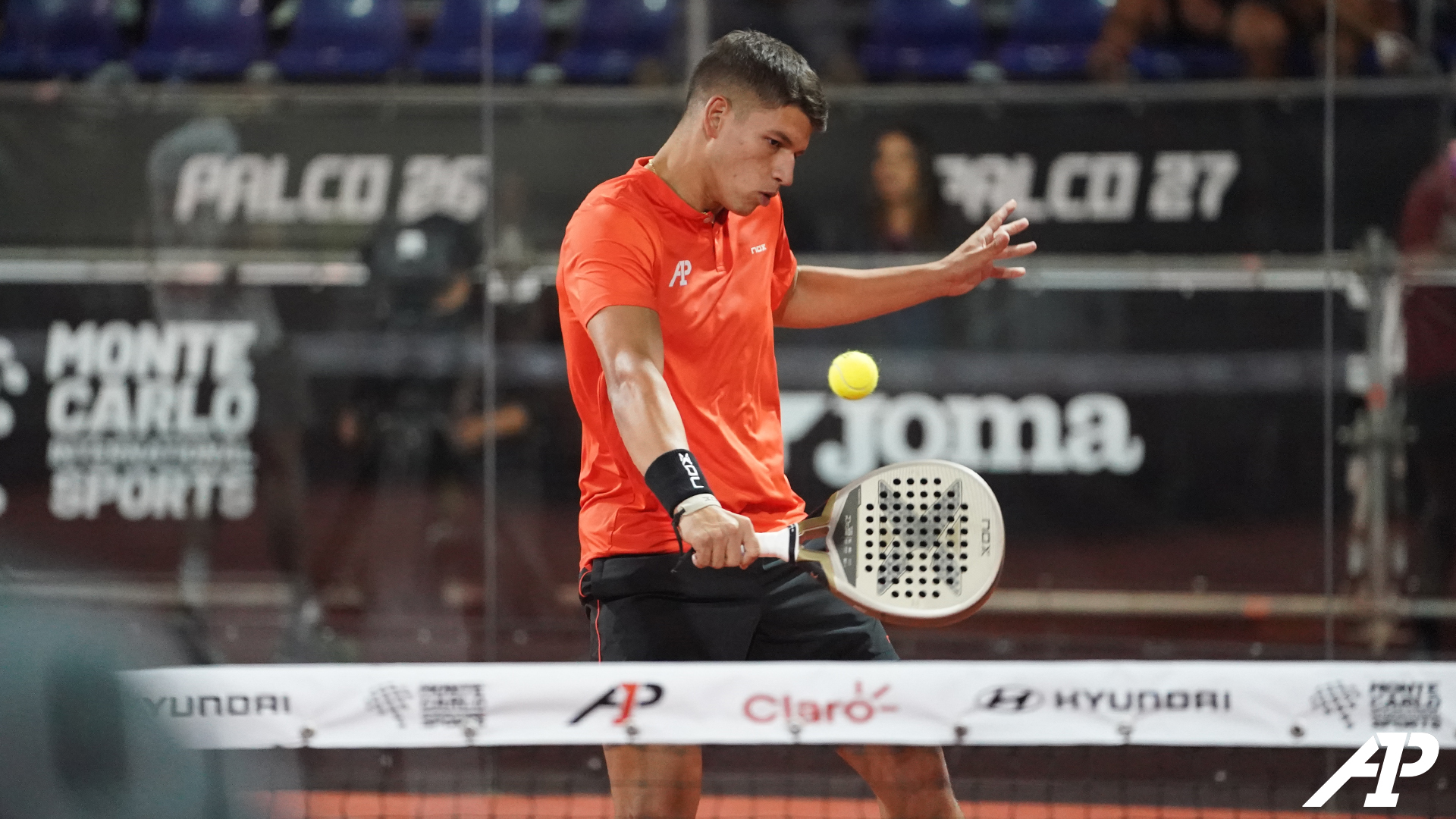 Martin Abud joins Team Nox
Martin Abud joins Team Nox Guillaume Codron de Sud Padel : “A family project”
Guillaume Codron de Sud Padel : “A family project” Nallé Grinda: “Democratize the padel in the USA with PadelX "
Nallé Grinda: “Democratize the padel in the USA with PadelX " Simon Boissé: “We know that there are two nations in front of us”
Simon Boissé: “We know that there are two nations in front of us” Marie Maligo: “This period of frequent changes of partners was beneficial for me”
Marie Maligo: “This period of frequent changes of partners was beneficial for me”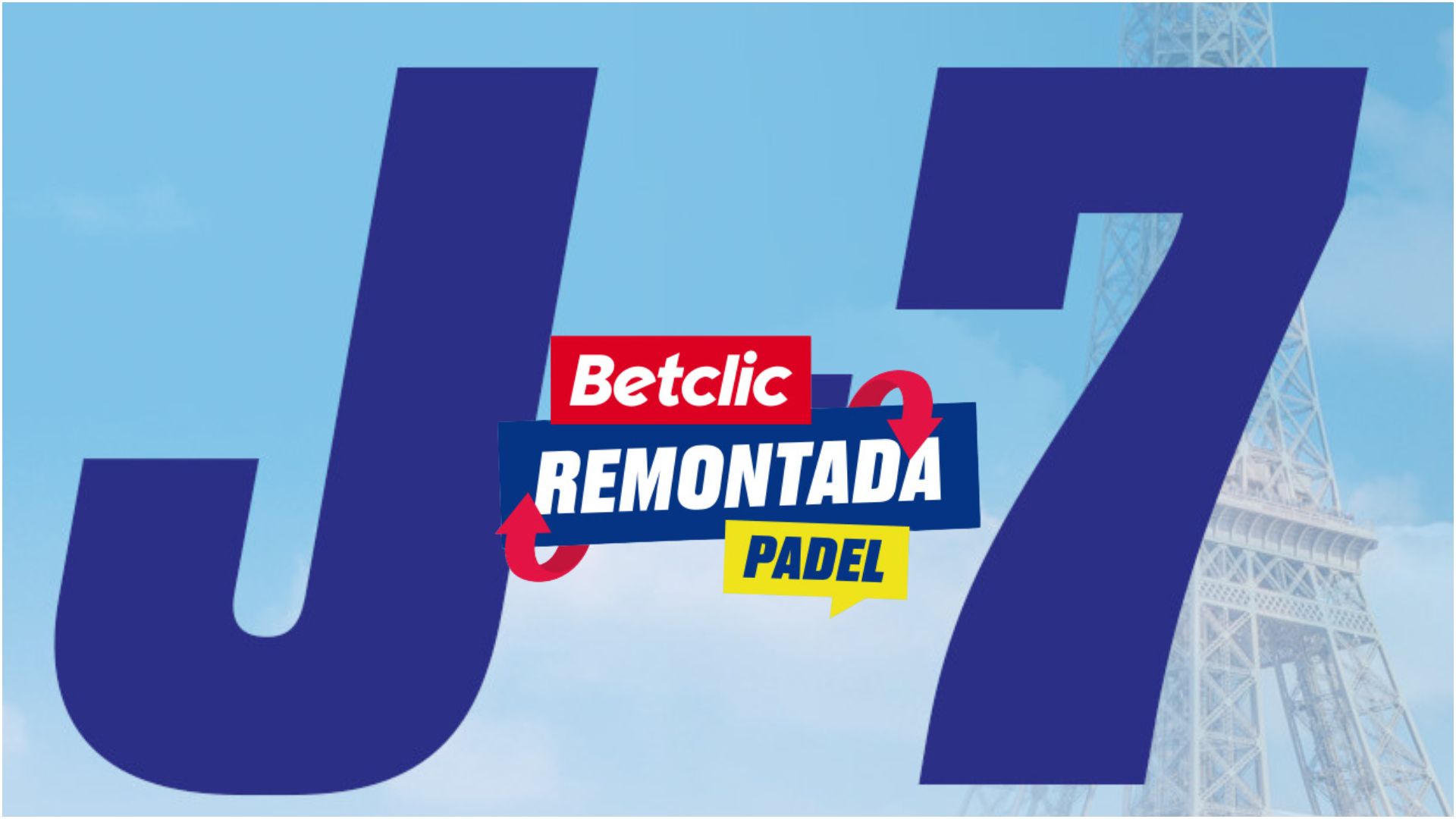 D-7 of the “BetClic Remontada Padel”, at the foot of the Eiffel Tower
D-7 of the “BetClic Remontada Padel”, at the foot of the Eiffel Tower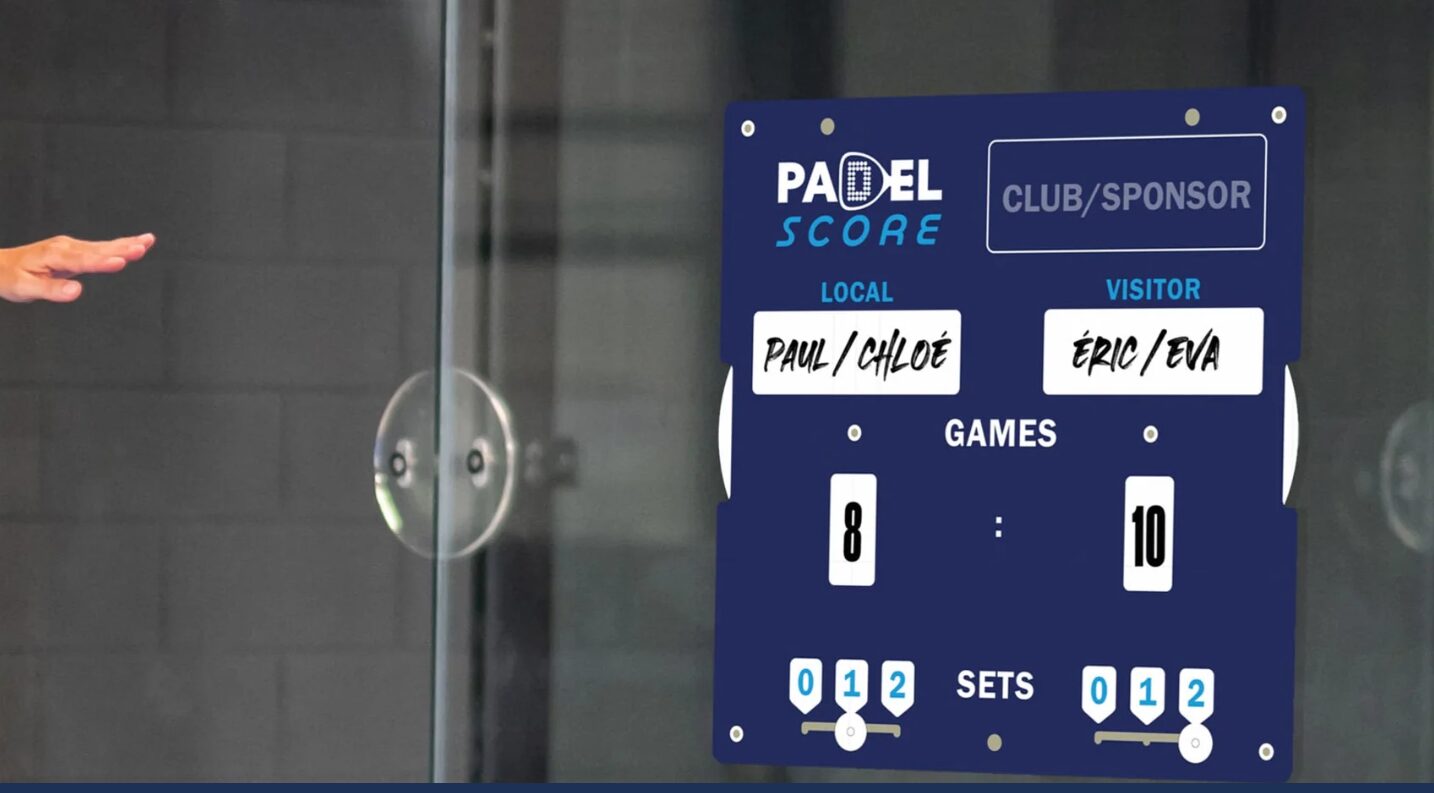 Padel Score: an essential table for keeping score
Padel Score: an essential table for keeping score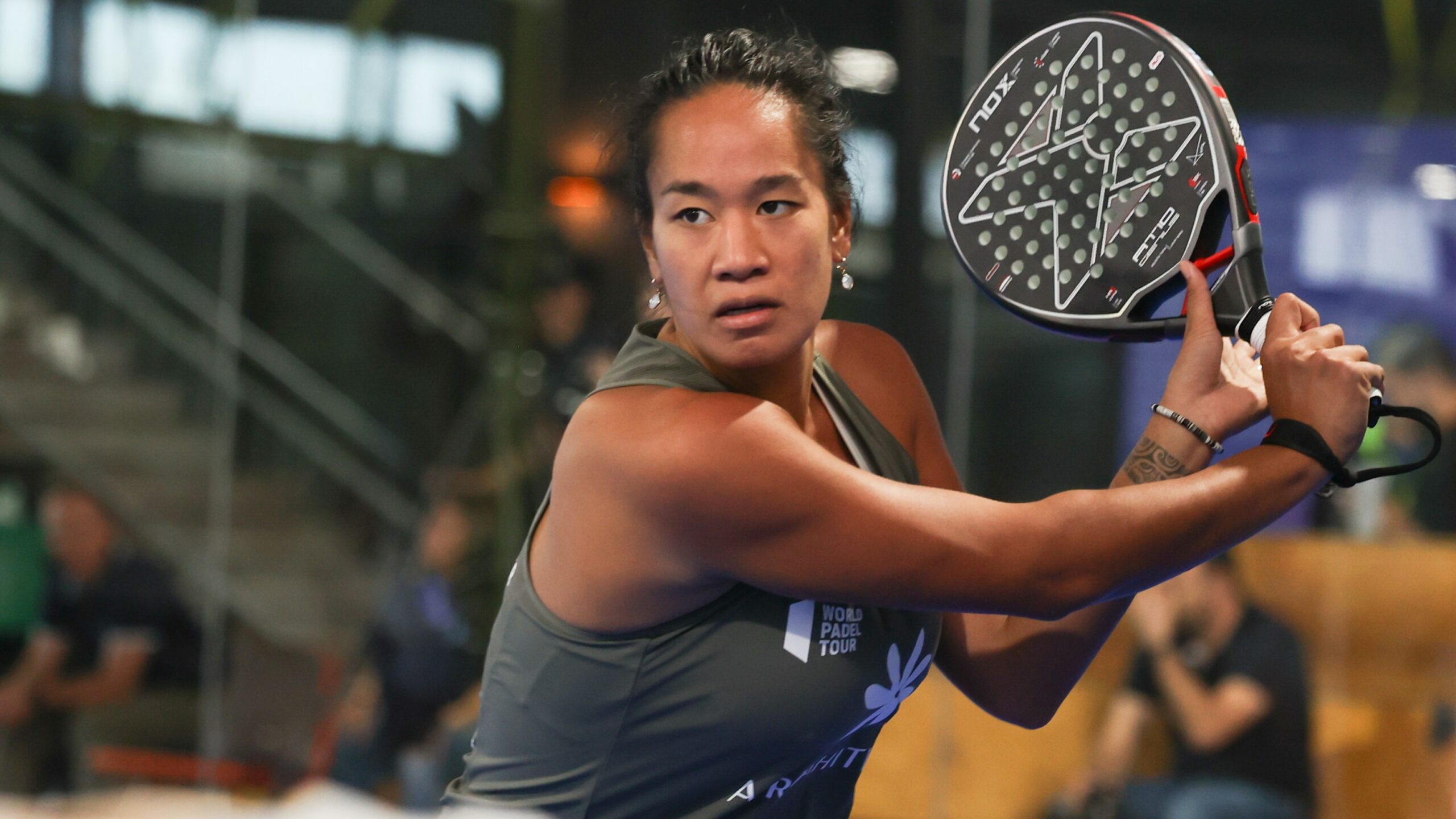 Léa Godallier makes her big return to the slopes this weekend
Léa Godallier makes her big return to the slopes this weekend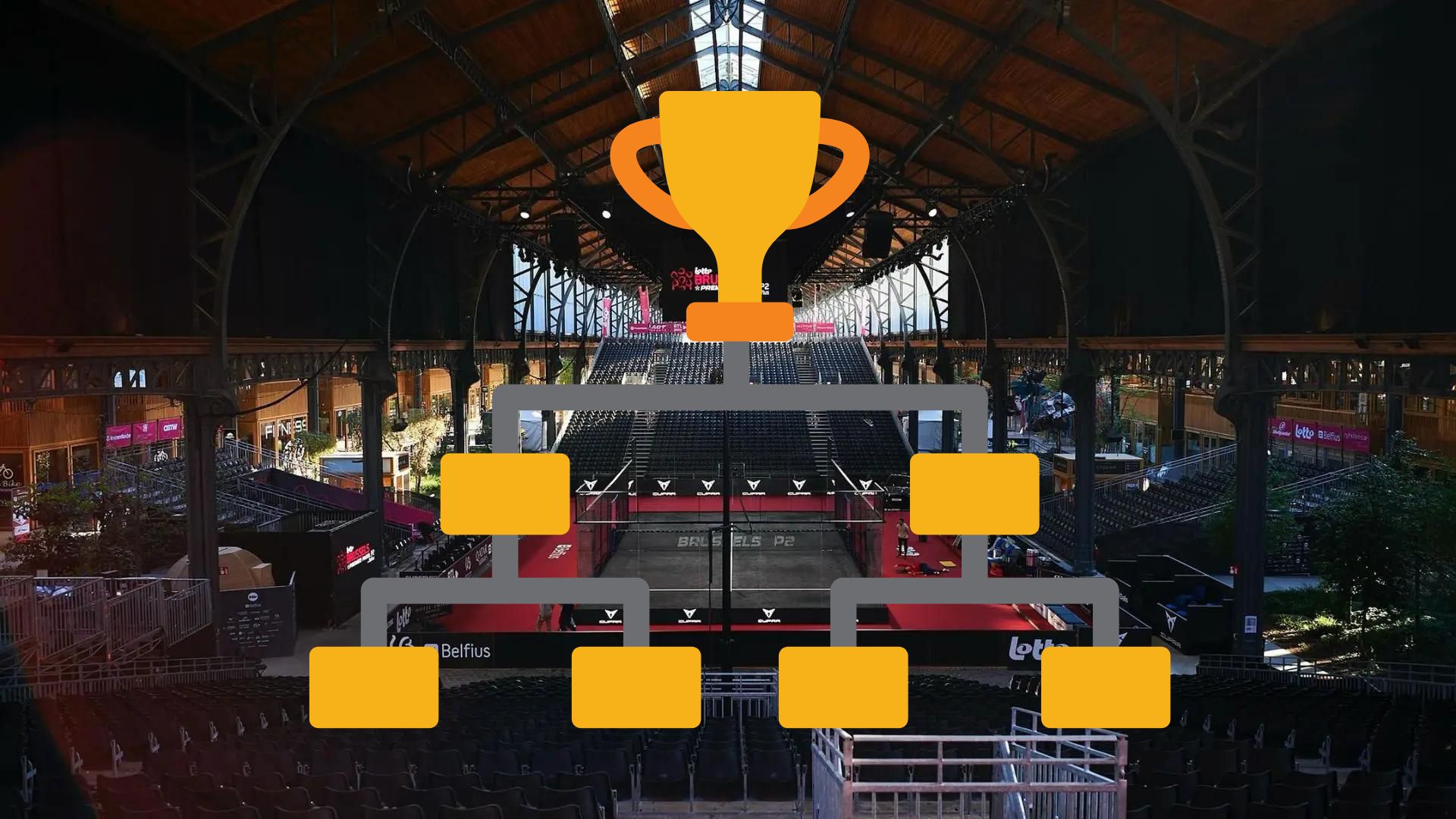 Premier Padel Brussels P2 – Time for the semi-finals!
Premier Padel Brussels P2 – Time for the semi-finals!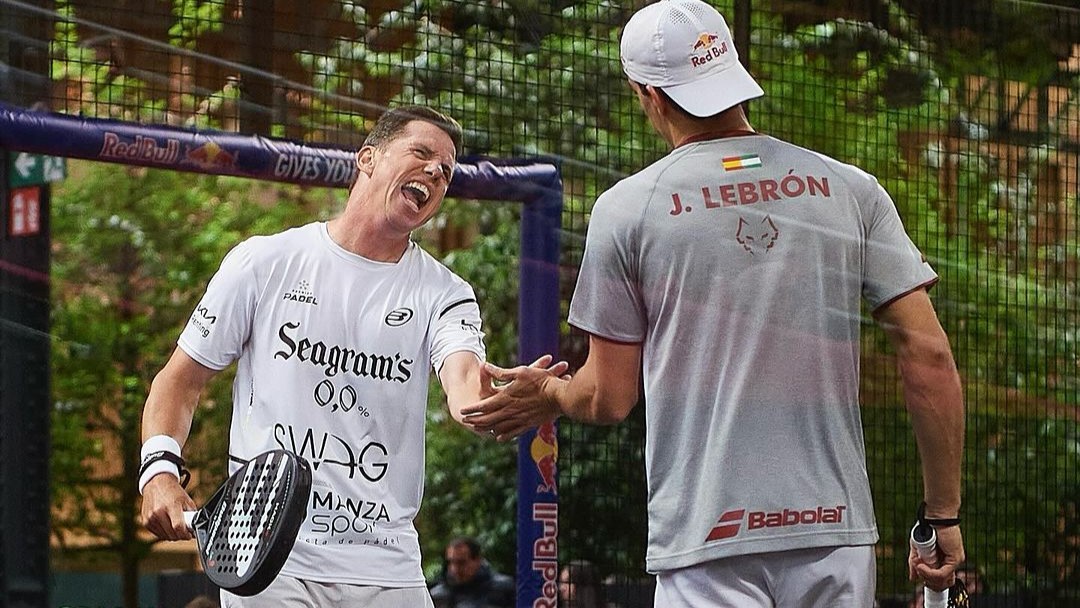 When will Lebron and Paquito split?
When will Lebron and Paquito split?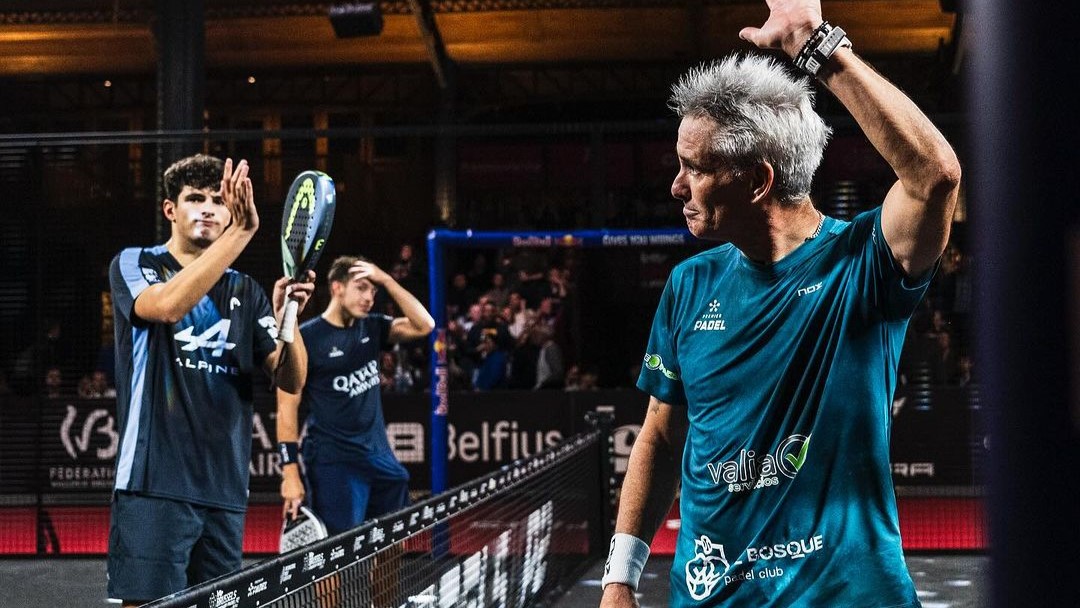 Premier Padel Brussels P2 – Coello and Tapia had to save two match points against Lamperti and Belluati to qualify in the half!
Premier Padel Brussels P2 – Coello and Tapia had to save two match points against Lamperti and Belluati to qualify in the half!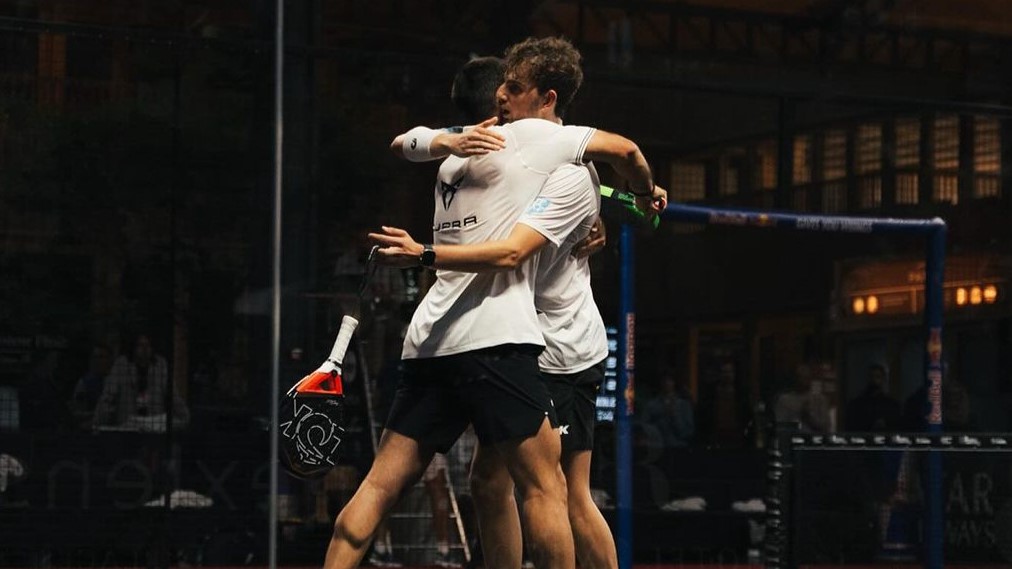 Premier Padel Brussels P2 – Mike Yanguas and Javi Garrido once again take the advantage over Stupa / Di Nenno
Premier Padel Brussels P2 – Mike Yanguas and Javi Garrido once again take the advantage over Stupa / Di Nenno José Manuel Escin at the inauguration of Casa Padel DOS: “Finally, and thank you!”
José Manuel Escin at the inauguration of Casa Padel DOS: “Finally, and thank you!” Padel Score comes to Tahiti for American Express Padel Cup!
Padel Score comes to Tahiti for American Express Padel Cup! Do you know the Rafa Nadal Academy Tour?
Do you know the Rafa Nadal Academy Tour? Play at padel on his yacht? Possible for €233.000!
Play at padel on his yacht? Possible for €233.000! Our Top 10 training courses padel in France and Europe
Our Top 10 training courses padel in France and Europe At the heart of padel – Episode 25: Paul and Andoni answer your questions
At the heart of padel – Episode 25: Paul and Andoni answer your questions Tactical padel – What to do when faced with players who systematically stay at the bottom?
Tactical padel – What to do when faced with players who systematically stay at the bottom? The basic tactics of padel
The basic tactics of padel At the heart of padel – Episode 25: Paul and Andoni answer your questions
At the heart of padel – Episode 25: Paul and Andoni answer your questions At the heart of padel – Episode 23: defend the window well
At the heart of padel – Episode 23: defend the window well Prohibition on playing topless Padel : the reasons
Prohibition on playing topless Padel : the reasons FIP Tour – Going far from Europe, THE strategy to earn points!
FIP Tour – Going far from Europe, THE strategy to earn points! What is a good football player? padel ?
What is a good football player? padel ? “Lefties give me headaches when I play against them!”
“Lefties give me headaches when I play against them!” At the heart of padel – Episode 14: how to earn points in winter?
At the heart of padel – Episode 14: how to earn points in winter? A par 4 is always a winner...even if you manage to defend it!
A par 4 is always a winner...even if you manage to defend it! Carbon fiber VS fiberglass: what to choose?
Carbon fiber VS fiberglass: what to choose? How to effectively test a racket padel ?
How to effectively test a racket padel ? La padel to fight Parkinson's disease
La padel to fight Parkinson's disease Don't play with a cracked or broken racket, your body will thank you!
Don't play with a cracked or broken racket, your body will thank you! Michel Cymes: “The padel, physically, it’s serious!”
Michel Cymes: “The padel, physically, it’s serious!” Jeremy Gala: “Promote the padel among young people in Belgium remains a challenge”
Jeremy Gala: “Promote the padel among young people in Belgium remains a challenge” The French Touch Academy organizes its selection day Padel-Study
The French Touch Academy organizes its selection day Padel-Study Report on the detection and training of younger generations
Report on the detection and training of younger generations